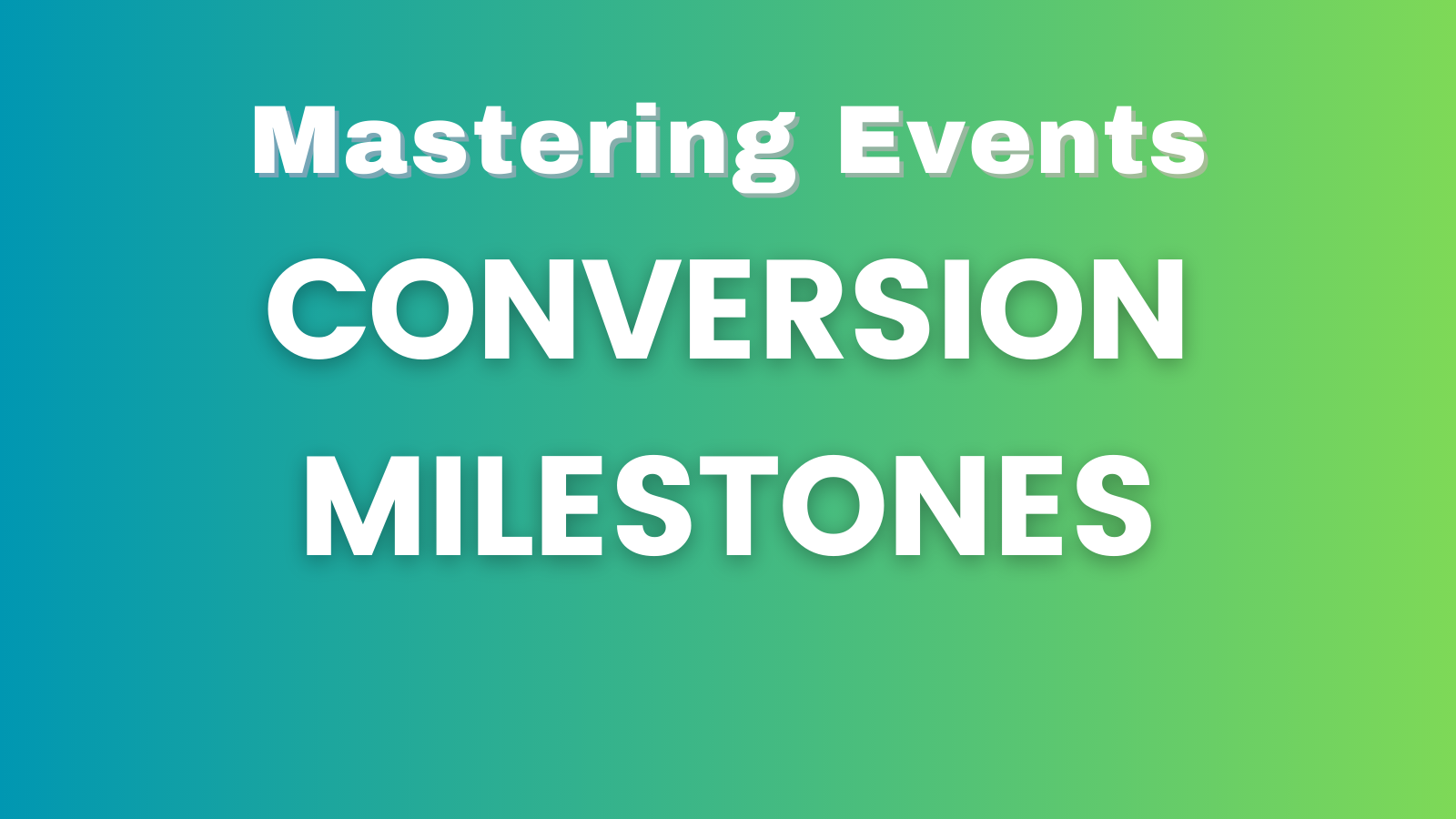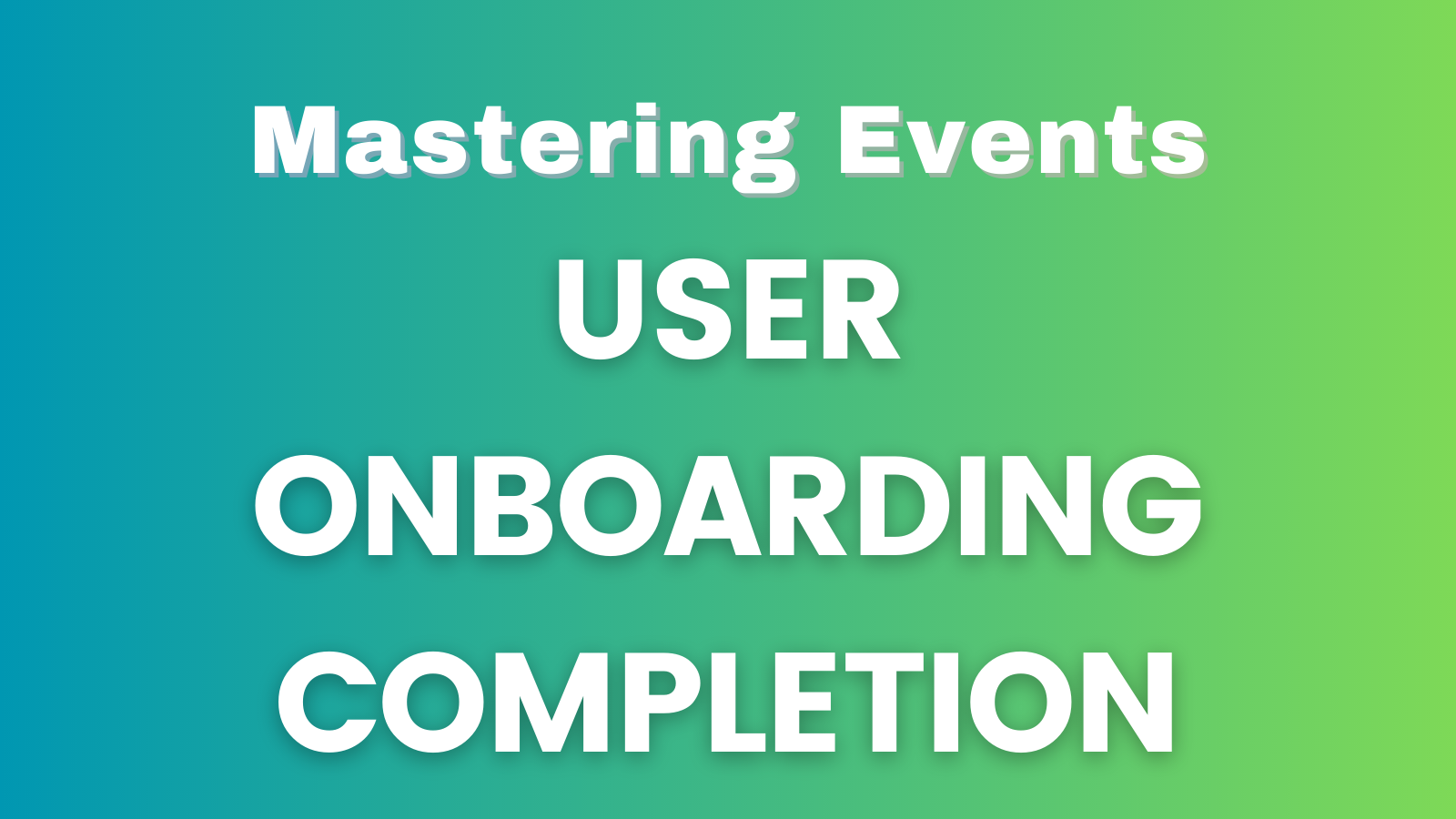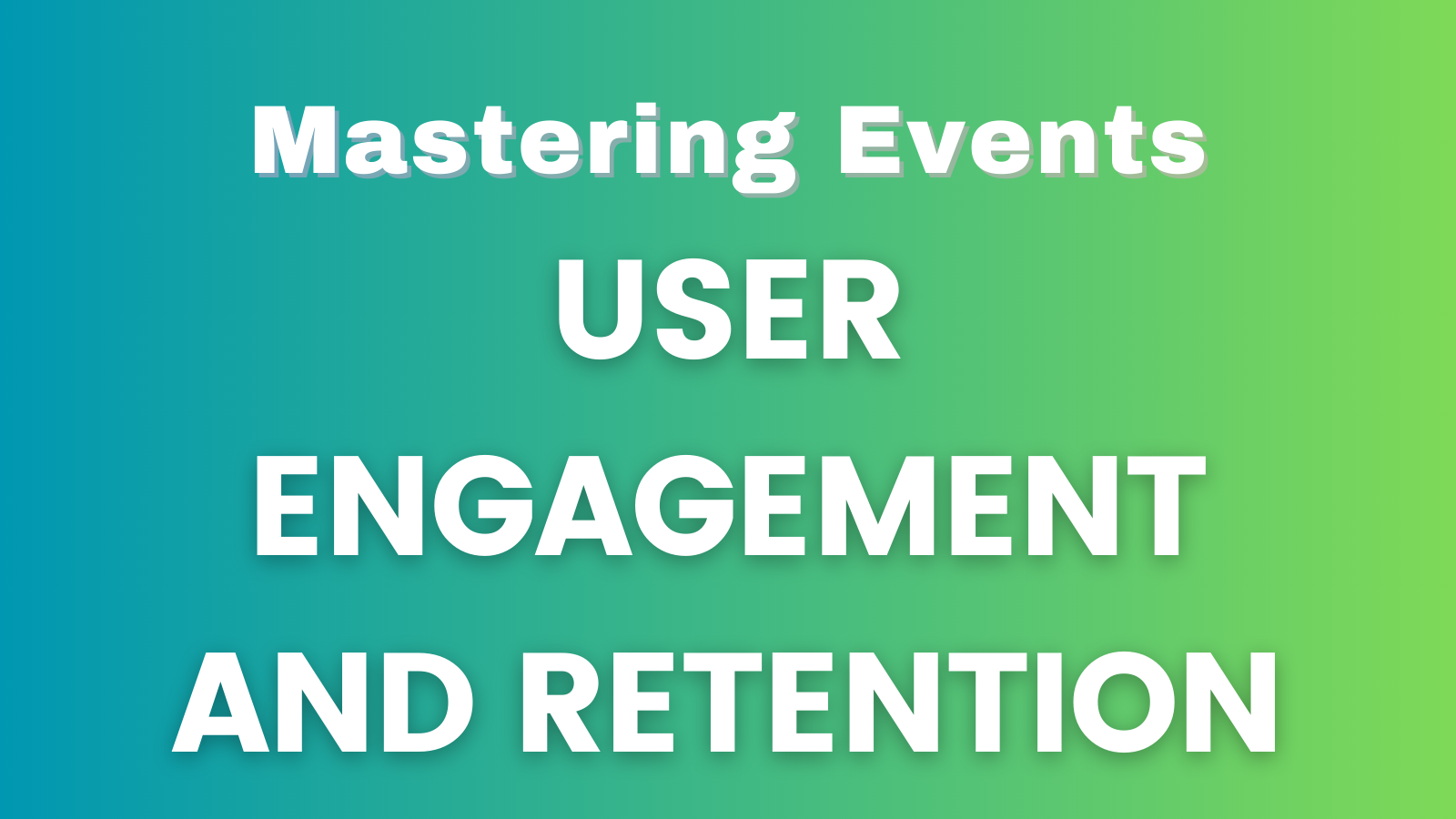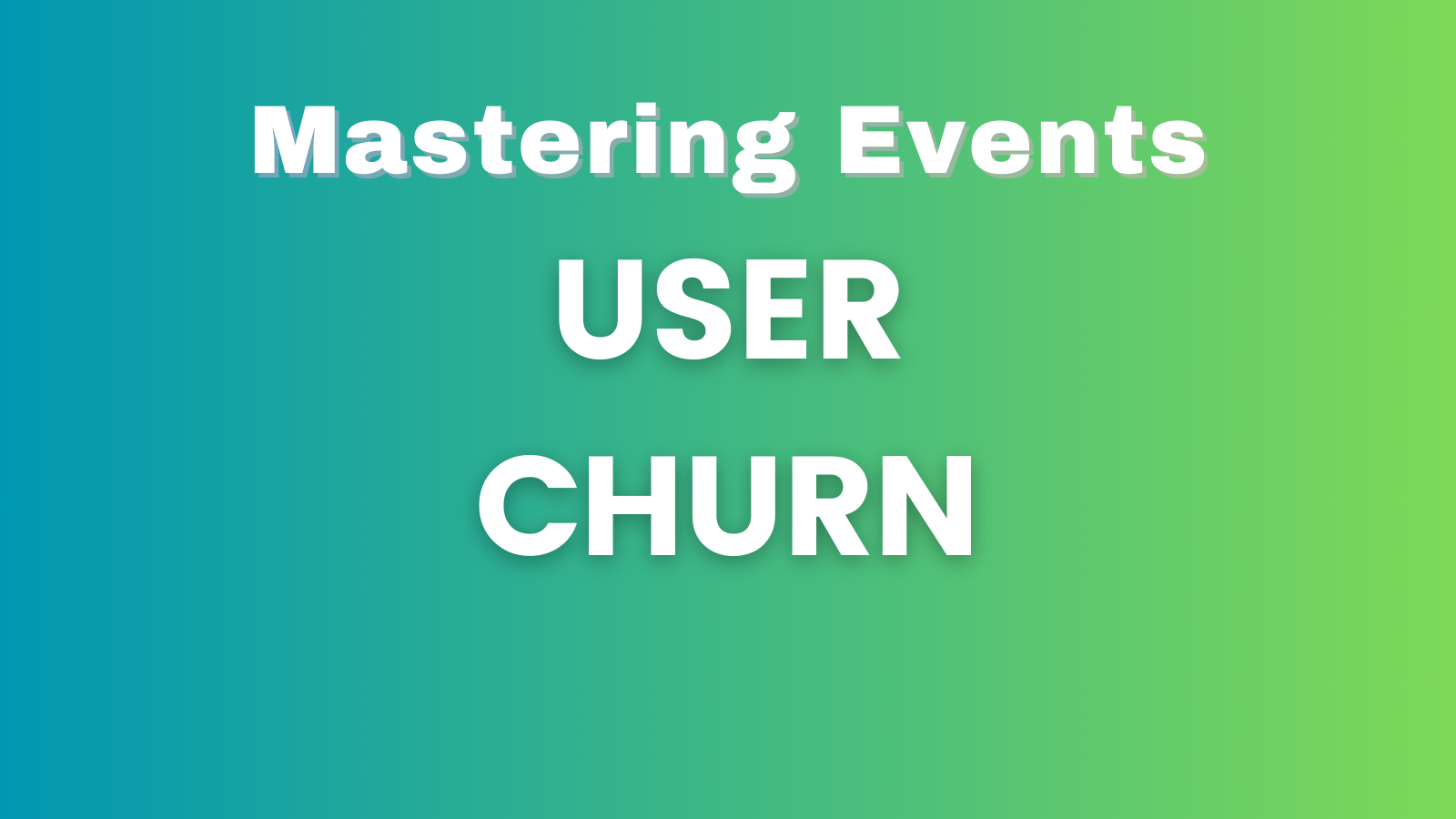Conversions are the lifeblood of any business. They represent the critical moments when visitors transition into engaged users, customers, or subscribers. Navigating these conversion milestones effectively is essential for driving growth and success. In this article, we’ll delve into key strategies for optimizing your conversion funnel, accompanied by real-world examples that showcase successful implementation.
Understanding Your Audience: The Foundation for Conversions
Before diving into optimization, it’s crucial to deeply understand your target audience. Conduct thorough research to identify their pain points, preferences, and motivations. The better you understand your audience, the more effectively you can tailor your conversion strategies to resonate with them.
Example: Amazon’s “Customers Who Bought This Also Bought” recommendation feature is built on understanding audience behavior. By analyzing purchase history and suggesting related products, Amazon enhances the shopping experience and encourages users to make additional purchases.
Streamlined User Experience: Minimizing Friction
A smooth and intuitive user experience is paramount for conversion success. Any friction in the conversion process can lead to drop-offs. Simplify forms, reduce the number of steps, and ensure that the path to conversion is straightforward and hassle-free.
Example: Dropbox’s simple sign-up process requires only a few basic details and doesn’t overwhelm users with unnecessary information. This streamlined approach minimizes barriers to entry and encourages users to create accounts.
Clear Value Proposition: Communicating Benefits
Users need to understand the value they’ll receive from converting. Clearly communicate the benefits of your product, service, or offer. Address pain points, highlight unique features, and explain how your solution solves their problems.
Example: Slack’s homepage communicates its value proposition concisely with the tagline “Where work happens.” This immediately conveys that Slack is a platform for efficient communication and collaboration, attracting businesses seeking a solution for remote work challenges.
Compelling Call to Action (CTA): Directing Action
A compelling CTA is essential for guiding users toward conversion. Make CTAs stand out with contrasting colors, action-oriented language, and clear instructions. Ensure that users understand what will happen when they click the CTA.
Example: HubSpot uses CTAs effectively in its blog posts. For example, an article about lead generation ends with a CTA offering a free lead generation guide. The CTA’s text, “Download the Free Guide,” clearly communicates the action users should take and the benefit they’ll receive.
Social Proof and Testimonials: Building Trust
User testimonials, reviews, and social proof can significantly influence conversions. Display positive feedback from existing customers to build trust and reassure potential customers about the value of your offering.
Example: Airbnb showcases user-generated photos and reviews of listings. This transparent display of real experiences from previous guests helps potential travelers feel more confident in their booking decisions, ultimately driving more conversions.
A/B Testing and Iteration: Continuous Improvement
Don’t settle for a single approach. A/B test different elements of your conversion funnel to identify what resonates best with your audience. Regularly analyze data to refine your strategies and optimize your conversion process over time.
Example: Google frequently A/B tests its search engine results page layout and features. By experimenting with various designs and functionalities, Google aims to provide users with the most relevant and engaging search experience.
In conclusion, navigating conversion milestones requires understanding your audience, streamlining the user experience, communicating a clear value proposition, crafting compelling CTAs, utilizing social proof, and consistently iterating your strategies. By applying these strategies and drawing inspiration from successful examples, you can optimize your conversion funnel to guide users seamlessly from initial contact to becoming loyal customers. Remember, effective conversions are not just about transactions; they represent the foundation of a thriving business ecosystem.
This article is part of the Mastering Events series.





